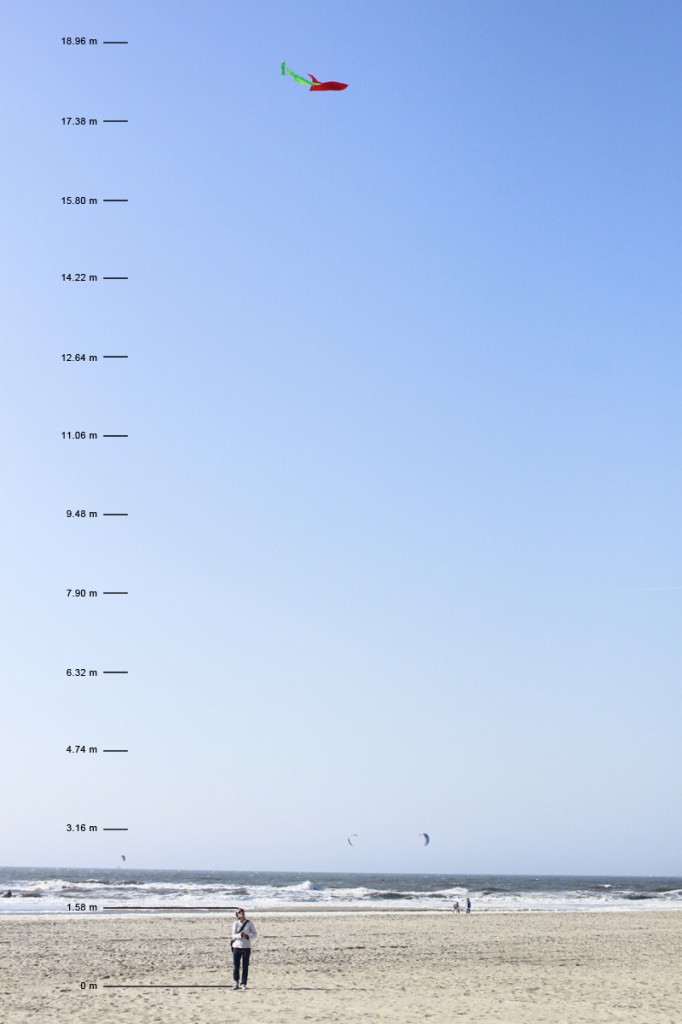Flied the kite abandoned on the beach. The highest tsunami in Japan was 21.1 m. (http://www2.ttcn.ne.jp/honkawa/4363b.html)
ビーチに置き去りにされていた凧を飛ばしました。東北の津波の最高到達地点は21.1m。 (http://www2.ttcn.ne.jp/honkawa/4363b.html)。
photo: wax

Flied the kite abandoned on the beach. The highest tsunami in Japan was 21.1 m. (http://www2.ttcn.ne.jp/honkawa/4363b.html)
ビーチに置き去りにされていた凧を飛ばしました。東北の津波の最高到達地点は21.1m。 (http://www2.ttcn.ne.jp/honkawa/4363b.html)。
photo: wax
What’s happening on the other side of pacific ocean.
kmxt radio
(KMX,T public radio in Kodiak, Alaska)

http://marinedebris.noaa.gov/tsunamidebris/debris_model.html
PRIME MINISTER OF JAPAN AN HIS CABINET
Frequently Asked Qs: 3.11 Tsunami Debris
The tsunami triggered by the Great East Japan Earthquake of March 11, 2011
(‘3.11 Tsunami’), washed out houses, shipping containers and other various items from land, and other things at sea such as fishing vessels and fishing gears; then it pushed them to offshore. Driven by ocean currents and winds, most of them have drifted eastward. Presumably some are still drifting (3.11 Tsunami Debris), although the others have already sunk.
Since the 3.11 Tsunami Debris was making large patches right after the 3.11 Tsunami, Government of Japan (GOJ) received many reports of at-sea sightings from vessels. However, the number of such reports has been dramatically decreased since the fall of 2011. GOJ supposes that this is because, as time passes, the debris has dispersed and some of them have sunk.
GOJ has been working on this issue by estimating total amount of the Debris, assessing current situation, and predicting the Debris’ trajectory in cooperation with experts, while sharing information and communicating with relevant countries.
Here are answers to frequently asked questions about the 3.11 Tsunami Debris.
(About Tsunami Debris)
Q1: How much is the total amount of the 3.11 Tsunami Debris?
A1: The amount of the floating debris at the immediate aftermath of the Earthquake is estimated to have been about 1.5 million tons. Since then, however, some of the 1.5 million tons of debris is considered to have been collected or to have sunk already. Therefore, the amount of floating debris still drifting at this point is considered to be less than 1.5 million tons.
It is estimated that the Great Japan Earthquake generated more than 20 million tons of debris in the three affected prefectures (Iwate, Miyagi and Fukushima prefectures). Out of the 20 million tons, about 5 million tons of debris is estimated to have been washed out by the 3.11 Tsunami. 70 percent of the 5 million tons (3.5 million tons) of debris is considered to have deposited on seabed along Japan’s coast, and remaining 30 percent (1.5 million tons) is considered to have become floating debris at the immediate aftermath of the Earthquake. Since then, however, some of the 1.5 million tons of debris is considered to have been collected or to have sunk already. Therefore, the amount of floating debris still drifting at this point is considered to be less than 1.5 million tons.
Q2: What is the 3.11 Tsunami Debris composed of?
A2: It is estimated that more than 90 percent of the floating debris caused by 3.11 Tsunami is parts of collapsed houses and driftwoods. The 3.11 Tsunami washed out collapsed houses, cars, woods, ships, aquaculture facilities, fixed fishing nets, cargo containers, etc. More than 90 percent of the floating debris is parts of collapsed houses and driftwoods, which are difficult to sink.
(Interesting, id did not mention plastic.)
Q3: What is the trajectory of the 3.11 Tsunami Debris? When and Where do they reach?
A3: The latest result of the prediction, which was published March, 2013, says that comparatively high density parts of broken houses and half-submerged fishing vessels, which most of floating Debris consist of, is expected to reach near-shore of west coast of North America from around April 2013. Some debris may travel faster/slower and arrive earlier/later than others, because impact of westerlies on the drifting speed of the debris may differ depending on shapes and conditions of the debris.
STARTED!
‘Repairing earthquake project, third phase’by Nishiko & ‘The scope in the swell waves‘ by Sachi Miyachi @Badgast
オランダでのレジデンシー始まりました。’地震を直すプロジェクト‘と宮地幸さんのプロジェクト’The scope in the swell waves‘とのコラボレーションです。
impression
水戸芸術館での展示終了一週間前からブログの更新ができませんでしたが、大量の写真を撮りましたのでオランダに戻ってから載せたいと思います。ひとまず地震を直すプロジェクト第二段階は無事に終了です。助けてくれた皆さん、本当にありがとうございました。展覧会でお客さんとかわした会話にはとても考えさせられました。これからよく噛み砕いて考えて、また次に進みたいと思います。
I couldn’t update this blog since a week before the exhibition ended. The pictures I took in the meantime will be updated after I go back to the Netherlands. Anyways the repairing earthquake project’s second phase has finished peacefully. I want to thank everybody who helped me. The conversations I had with the visitors in the exhibition were also extremely valuable for me. My brain is still a mess, so I will try to evaluate it After I go back to the Netherlands, then take a step forward.